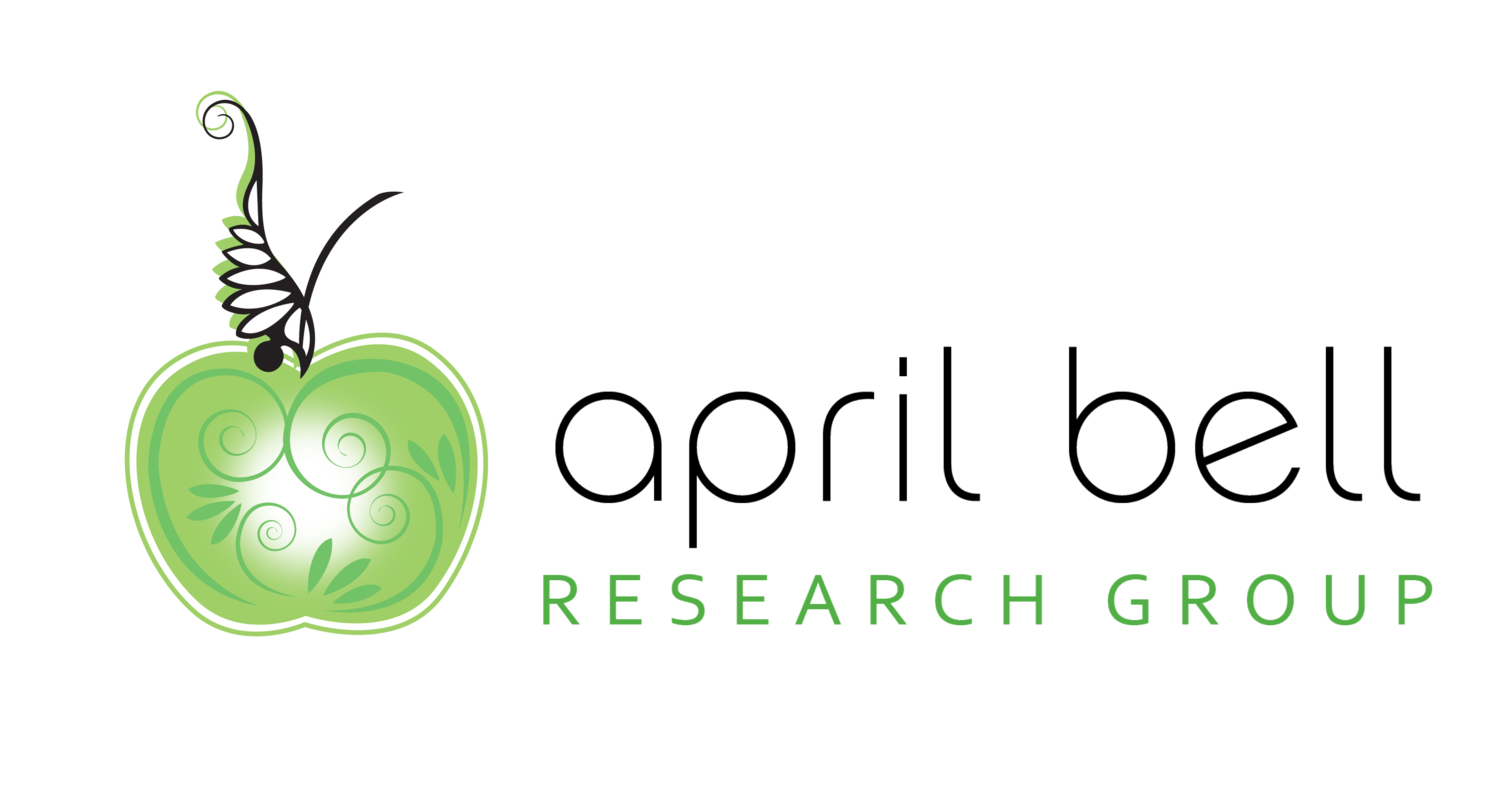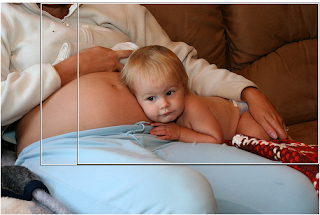I have spent most of my career using empathy to help connect and translate people’s emotions for the purpose building brands.
I love helping brands connect the dots based on the emotional desires of their consumer. It not only helps brands with their internal marketing, it also facilitates consumers to get more of what they want.
Someone recently used the word "bridge builder” as a way to encapsulate what it is I do - yes, that’s what it is. And “bridge building" requires empathy. To be a successful focus group moderator, you must exude empathy. It must pour from your pores. You must listen with presence, curiosity, and use that curiosity to co-create new ideas.
When you “feel” what others feel and use the power of your brain to create new questions and connections, co-creation occurs in a very meaningful way. Whereas, if your mind is distracted and not listening, you can’t really ask relevant questions. Both your head and your heart have to be listening in conjunction with each other in order to co-create something new with others.
While I am hyper vigilant about these things in my work, my personal life, it appears, is a different story sometimes. When I am out of this controlled “focus group" setting, I recognize it is more difficult to be empathetic because it is more difficult to be present.
Much of the time in my personal life, I lean into wanting to change some aspect of what’s going on in the present - I want others to show up in a different way than they are or perhaps “be" different than who they are being. And my divorce has taught me that I can’t control anyone else’s thoughts, behaviors or ways of being…except my own.
So, how did this increase empathy and creativity for me? Because I am beginning to see the value of using my “focus group” skills in my own life.
Here are the connections I made to help transfer the automatic empathy skills I use weekly in controlled “focus group" settings to my personal life with my daughter:
Creating Space Allows Presence - The reason focus groups work well for deep connection is because you purposefully create space for people to listen to each other. While I am great at creating space for others, it wasn’t until lately that I began to create some space for myself. I remember one night a few months ago when we had some spare time, I was just sitting, doing nothing except observing my daughter play. I wasn’t on my phone, or watching a movie, I was just sitting, watching, being present with her. She was talking to herself - in an imaginary scenario. As I listened to her, I started thinking about who she is becoming, what it must be like to be her. I saw her outside of me in a new way.
Presence Moves you From Anxiety into Curiosity
As I sat, present with her, really seeing her, seeing past my own pain, I began getting curious about my daughter’s pain. If you haven’t been through a divorce, it may be hard to empathize with what it’s like. Many people believe it’s a “choice” - and that because you didn’t “work hard enough to save the marriage", the pain and loss is undermined. But divorce is the death of something sacred, and it comes with pain.
I can tell you that the pain and loss combined with the shame and guilt is so consuming that it is difficult to NOT get lost in it. And when you are lost in your own pain, it’s challenging to be present (to empathize) with your children's pain, anyone else’s pain, that is. There’s so much fear - "how am I going to make it on the other side?” "What’s wrong with me?” "How did this happen?” "What is going to happen next?” All of these fearful, anxious thoughts can have one (me, that is) spinning out of control. But this particular night, as I watched her, my curiosity grew. I became curious about who she was being in that moment, about what it must be like to be her.
I realize I didn’t know what it felt like to be her because my parents didn’t go through a divorce when I was young. I never experienced living in 1 home, then moving back and forth to 2 homes. I got curious in that moment while looking at her - wondering what she was feeling, and imagining how heart wrenching it must be, on so many levels, having the world as you knew it disrupted, torn apart.
The cool thing about curiosity, though, is that it moves you from the fearful limbic part of the brain to the prefrontal cortex, which breeds creativity. With presence, listening, really listening and “feeling into” what the experience is like to be someone else, your brain shifts to creative solutioning.
As I watched her, the questions I asked myself were different -
From Fearful questions - “how will I survive this" TO…
Presence - “How interesting that she stopped playing by herself and tried to pull me into her game"
Curiosity - "I wonder what she needs from me right now?"
Creativity - “What am I going to do about helping her see the beauty in having 2 homes instead of 1?” “How can I show up and be the best I can be as a co-parent in a way that helps her feel safe?”
Suddenly, boom, a new thought allowed me to shift away from my own fearful questions, into solving something for her. That is empathy. That is connectivity, that is creativity. It is what brands… and a deeper connected life is built on.
And the creativity can continue. Now I want to know: "How can I build more of that connection in my life?” And "How can I help my daughter move from fear to curiosity and creative grow?” Moving from surviving to thriving - that’s the problem I am now solving for….how to thrive in what is.
But what does Empathy for others you love actually require?
Empathy Requires Neutrality:
I realize how much I judge around me - in a focus group, I am hired, primarily because I am considered a neutral 3rd party. It’s hard for people within a company, brand, etc. to ask neutral questions to their customer audience - for example: “You do like this idea, don’t you?” 🙂. These questions don’t allow co-creation, they create stagnancy. Instead, they hire a neutral moderator to simply “be with” their customers - allowing for greater understanding, deeper emotional connection because people open up to those who give them a compassionate, neutral space to be in. When they feel judged, or that their answers will be “wrong”, they stop talking.
As I sat with my daughter that night, I was just with her as she was telling me what she needed. I allowed her to speak, and I didn’t try to change or correct or shift what she was saying. I also didn’t throw myself into the more normal judgment of myself - instead of blaming myself, I allowed space for me to stay with her, without judgment. I resisted the urge to encourage her, shift her thinking, give her a new perspective, all of the things I normally do to “help” her. And I resisted the urge to self-flagellate “how could I do this to her?” “I”m the worst mom.” “She’ll never recover.” Remaining neutral created a little "magical moment for mama and daughter” for us BOTH to see that I could in fact, be neutral, and truly empathetic without having to “fix or solve” it. What a concept just to hold space for her.
Empathy Requires “Being with” Strong Emotion Without Resistance:
Because I stayed in the space with her, she likely felt more at ease. Suddenly she began crying, telling me how she was feeling. Instead of doing what I normally would do - try to change her feelings or solve them for her (or go further into self-shaming), I was led to just hug her, and as she calmed, say how I WAS FEELING. And because I had been present with her, I was aware of my feelings too.
I could suddenly with clarity articulate all the unsaid things I had been feeling for months. "I’m so so sorry, sweet girl. I’m so sorry your parents are not able to make 1 home work so that you live with consistency. But I want you know that you are safe. I want you to understand how loved you are - by both of us. I want you to feel the beautiful unicorn creature that you are - a beautiful flower, that when opened, will change the world. You will change the world, sweet Autumn, and I will see you do it. I will sit in honor at your beauty. And we will never stop loving you. Your mom and dad are imperfect, but we love you to the moon and back. You are a masterpiece and I participated in creating you, and I am proud of it."
She looked at me, silent. Without a word, she took it in. Then she dried her eyes and smiled her unicorn smile and said - “ok, I think I’m ready to do something else now - do you want to play like you’re the daughter and I’m the mom and we live in a castle, and then ….. and then… and then…..?” And I said "Yes, I am ready. I am ready to play with you.” (But only for 15 minutes…. 🙂 )
That moment was special, addictive. New.
Oddly, I felt more in control being present with her in that way than I do most days. The days I’m trying to gain control over her, the days we bicker or I’m "trying to get her to pick up her shoes already.” Maybe presence is where I have the most control, for when I am (in these rare but precious moments) present with what is happening right in front of me, I feel like the world is an oyster and pearls appear. And every pearl is a fresh start.













